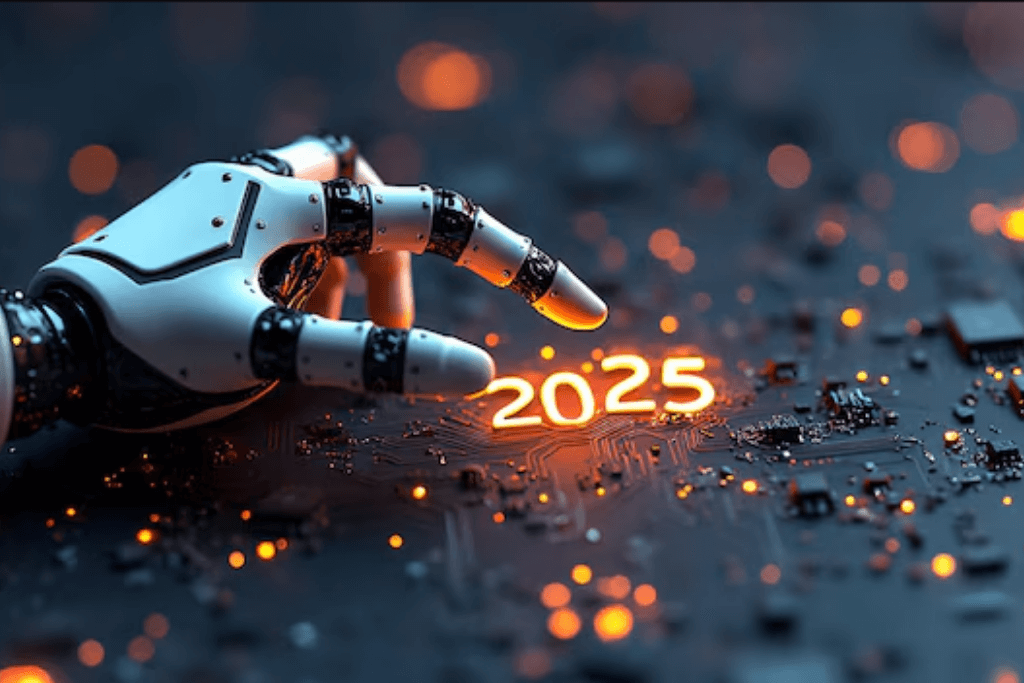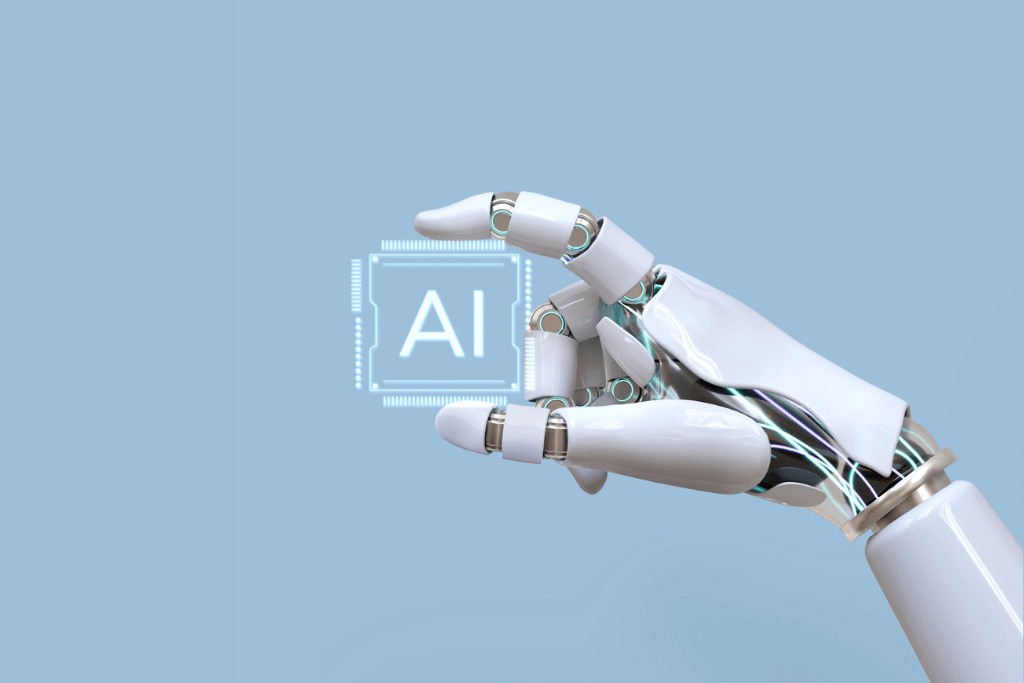Artificial Intelligence and Automatic Learning Methods

Artificial Intelligence and Automatic Learning Methods
Artificial intelligence and machine learning methods have recently gained an important place in the rapidly developing technology field. These methods are formed by the combination of man-made learning algorithms and artificial intelligence systems. In this way, fast and effective solutions can be offered in many problem areas.
This article will give an overview of machine learning methods based on artificial intelligence. Methods such as classification algorithms, grouping algorithms, support vector machines, decision tree and deep learning will be examined. You will be able to learn about the details and advantages of these methods.
Classification Algorithms
Classification algorithms are used to determine whether the samples in the dataset belong to a particular class. These algorithms can be divided into linear and nonlinear options. Linear classification algorithms are especially effective when the dataset size is large. It is also effective in classifying certain types of distributions, such as the binomial distribution, the polynomial distribution, and the Gaussian distribution.
Nonlinear classification algorithms are used to deal with data with a more complex structure. These algorithms are especially useful for multidimensional datasets. For example, support-based vector machines are a popular algorithm used for nonlinear classifications. In addition, other classification algorithms such as random forests, decision trees, and neural networks may also be preferred to deal with nonlinear dataset structures.
Grouping Algorithms
Grouping algorithms allow samples in a data set with similar characteristics to be grouped according to their similarity to each other. These algorithms are frequently used in the fields of data mining and machine learning. Cluster analysis is a method used to group samples in a dataset. This method is based on the assumption that data samples with similar characteristics should be close to each other.
Hierarchical grouping allows samples in a dataset to be grouped hierarchically. In this method, samples are combined at lower levels and progressed to higher levels. K-means clustering allows the samples in the dataset to be divided into a certain number of clusters. This method determines the closest cluster for each sample in the dataset and allocates the samples among these clusters.
Support Vector Machines
Support vector machines (SVM) is an algorithm used to find the linear dividing line between interrelated data points. This dividing line is optimized to separate the data into two different categories. SVM can also work with datasets with multiple features or attributes, so it can take into account the impact of more variables.
SVM can be used to classify samples in a dataset used for learning. This can be used in many different fields such as medicine, bioinformatics and neuropsychology. The SVM algorithm can be applied to classification and regression problems. An important feature that distinguishes the SVM algorithm from other methods is to catch the minimum error.
In the SVM algorithm, each data point in a dataset is represented by a feature vector, and each feature is a dimension. The SVM can simply separate the data points in the two categories with a line that places them on a plane in two dimensions. The main purpose of SVM is to constantly update data points to find a good dividing line.
SVM can also make distinctions in high-dimensional datasets. Another advantage of SVM is that the dividing line can also be used to separate nonlinear datasets by creating zone boundaries. SVM can have high accuracy rates by requiring little training data when its process is well established.
Decision Tree
The decision tree algorithm creates a decision tree by measuring various attributes and their effects on the target output. This tree predicts results with a step-by-step set of expressions and operation structures. Decision tree is also known as decision tree learning. This algorithm is used in many application areas. For example, it can be used in marketing strategies, financial institutions, and medical diagnostics.
The decision tree initially starts with a root node, which provides a selection set from which all instances can branch freely. Next, the algorithm adds an attribute or feature to each branch and tests each feature, choosing the most appropriate step. Then, this process continues until the branches, features and branches are added until the final result is reached.
When running this algorithm, the decision tree can be created by the user and its results presented in an easier-to-read format. For example, if a bank uses it for risk assessment, it can be decided whether to grant a loan using features such as the applicant's income, payment history, and credit rating.
In summary, the decision tree algorithm is a learning method used to predict results in a tree structure using the features in the dataset. This algorithm is used in many application areas and gives effective results.
Deep Learning
Deep learning has gained great importance in the field of artificial intelligence in recent years. This algorithm performs the learning process using an artificial neural network that works similarly to the human brain. Deep learning is used to process complex and large data sets. As the number of features in the dataset increases, the performance of the deep learning algorithm also increases.
Deep learning gives successful results, especially in areas such as object recognition and semantics of words. For example, deep learning can be used to identify objects in a photo or make sense of a sentence. It is also used in tasks such as deep learning, machine translation, and speech recognition.
The deep learning algorithm consists of artificial neural networks. These neural networks perform the learning process and predict results based on data. The deep learning algorithm includes many different layers. These layers are used to describe different features and classify objects.
Using deep learning, statistical analysis and data mining techniques, it discovers patterns in the dataset. In this way, tasks such as classifying or grouping the samples in the dataset can be performed. The deep learning algorithm is one of the most successful artificial intelligence algorithms today and has many application areas.








